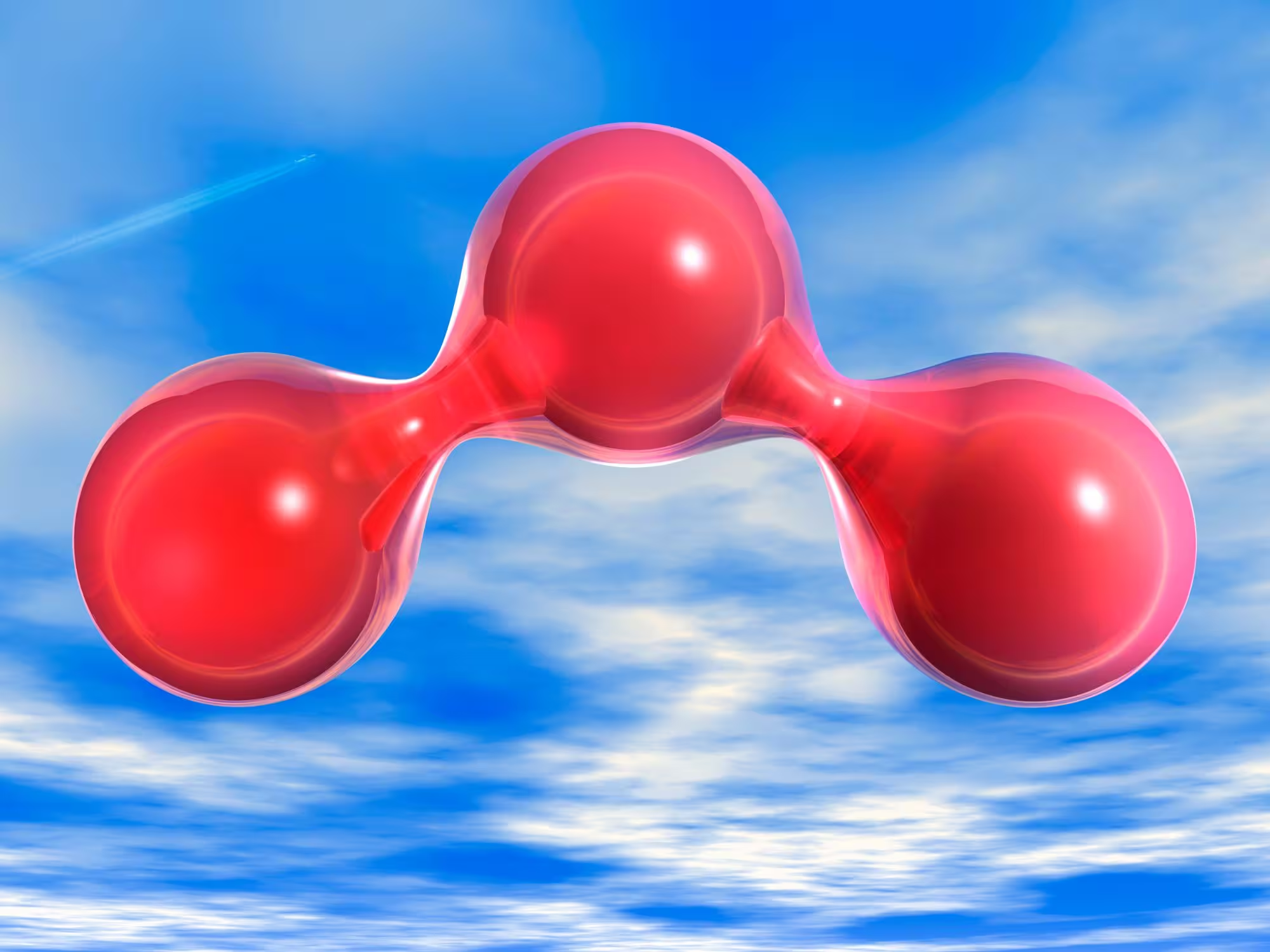Direct Studies of Peroxy Radical Autoxidation Reactions

Biogenic volatile organic compounds (BVOCs) are crucial in climate dynamics by setting the background levels of aerosols in the atmosphere, which interact with solar radiation and impact climate directly and indirectly. Furthermore, BVOCs affect air quality by forming secondary pollutants like ozone (O3), which have detrimental effects on human health and plant life. Peroxy radicals (RO2), which are key intermediates in these processes, come in various forms that affect how they react and lead to the formation of aerosols and ozone. Recent advances in near-infrared spectroscopy have improved our understanding of RO2 distribution and reactivity, helping to grasp their role in climate and air quality.
This project proposes a combined laboratory and Earth system modelling approach to determine the key physio-chemical properties of RO2 derived from significant BVOCs, such as isoprene and alpha-pinene. The findings will be integrated through the development and incorporation of chemical mechanisms to simulate the climate impacts of BVOCs. The outcomes will directly benefit academic researchers in atmospheric and physical sciences and policymakers preparing for environmental and climate changes in the near and long term.
Dr. Rabi Chhantyal Pun will use this project to establish a new research program focused on laboratory photochemistry at the University of Nottingham, with modelling support from Dr. Alexander Archibald at the University of Cambridge. Additionally, the project will provide advanced laboratory and atmospheric chemistry training for a new postdoctoral research associate.
